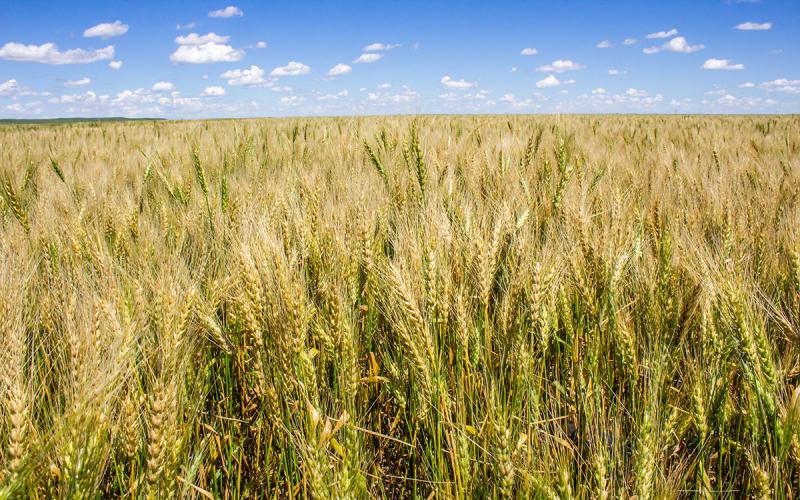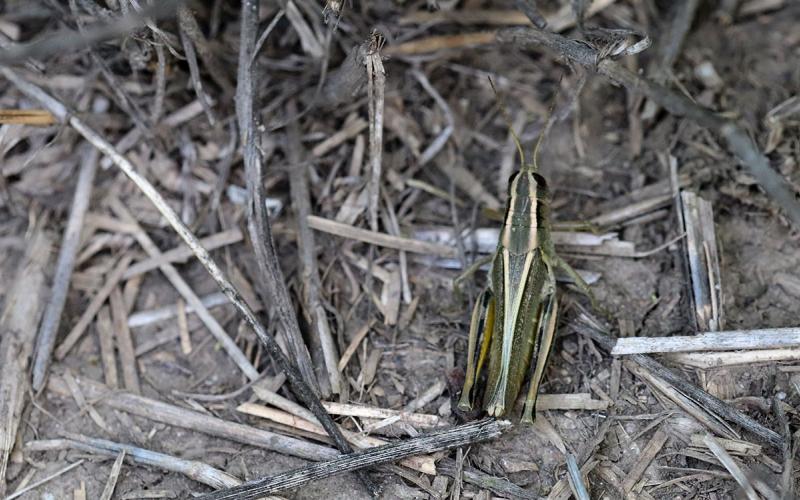Written with contributions by Emmanuel Byamukama, former SDSU Extension Plant Pathologist and Dalitso Yabwalo.
Summary
Several field research experiments were conducted in the 2019 growing season whose objectives were to examine rates, application timing and combinations of several experimental and commercially available fungicides for managing various foliar diseases in small grains. Also assessed were Fusarium head blight or scab, Fusarium root, crown and foot rot and common root rot in spring wheat. The studies were implemented at Volga and Brookings research farms and Northeast research farm (NERF) near South Shore, SD.
The 2019 season was a bit uncharacteristic with a late planting start due to excess spring moisture. Summer was also cooler compared to both 2018 and 2017 July temperatures which were 1.1ºF and 4.1ºF, warmer, respectively. Early season conditions were not conducive to the development of most foliar fungal diseases. However, conditions were right for Bacterial leaf streak (BLS) and scab, especially at the Brookings location.
Low disease incidence and severity owing to unfavorable disease conditions early in the season resulted in lack of statistically significant differences among treatments for foliar fungal diseases while BLS severity was almost uniform across plots irrespective of treatment. Generally, where disease pressure was relatively high, fungicide application prevented yield loss significantly.
Most of the fungicides and bactericides used in these studies were approved for use in SD at the time of application. However, some experimental products were also used. Alternative application approaches that are not currently part of the product label such as crop, timing and/or rate were employed for research purposes. Therefore, results from these experimental or research procedures should not be considered recommendations until the research is finalized and official recommendations are made. Growers using any chemical products should always consult product labels regarding safety, application methods and rates, handling, appropriate use, pre-harvest, re-entry intervals, and any other important information.
Acknowledgements
Implementation of these field studies was possible with invaluable assistance from personnel in various programs of the department of Agronomy, Horticulture and Plant Science at SDSU. Some of the programs that rendered assistance include Winter Wheat Breeding, Spring Wheat Breeding, Crop Performance Testing, Entomology, Northeast, Southeast and Volga research farms. Partial support also came from South Dakota Wheat Commission and USDA-NIFA Hatch Grant # SD00H662-18 under SDSU Ag Experiment Station.


